We may earn money or products from the companies mentioned in this post. This means if you click on the link and purchase the item, I will receive a small commission at no extra cost to you ... you're just helping re-supply our family's travel fund.
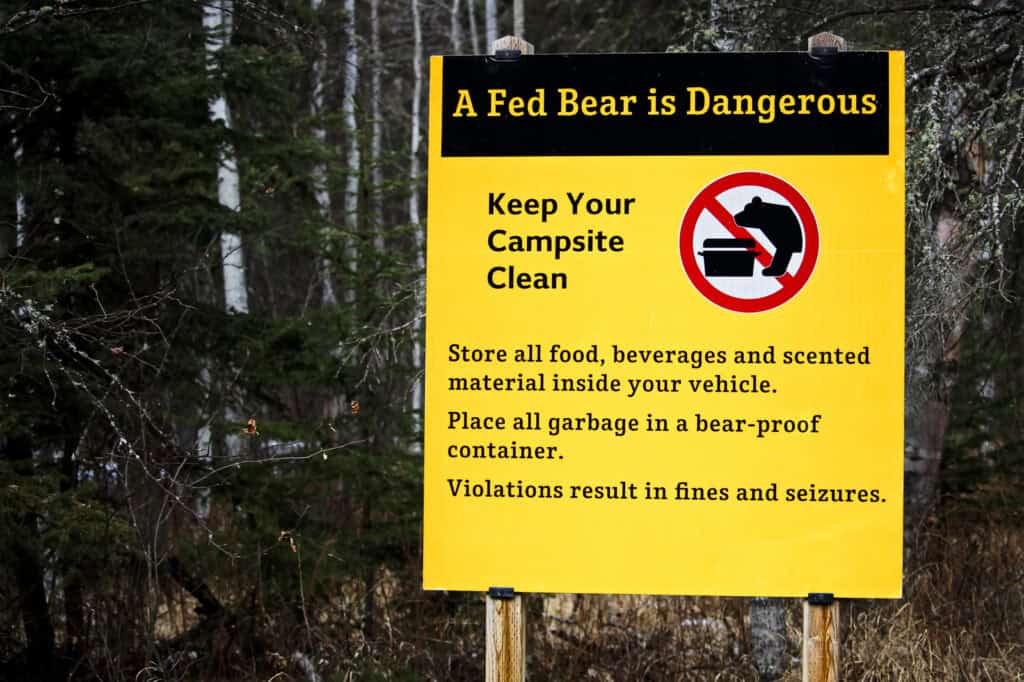
A bear sighting can feel electric. Heart rate jumps, instincts argue, and bad decisions get loud. What works is calm judgment and habits learned before the trail. Rangers teach distance, clean camps, and a plan for deterrents that are ready, not buried. Bears want space and steady signals. People want the same outcome. The rules below favor both. They protect animals from learning human food and protect hikers from turning curiosity into conflict. The goal is always separation, not a story.
Never Run Or Sprint Away

Running flips a switch that nature wrote long ago. Predators chase. Even a nonaggressive bear can bolt after motion, closing ground faster than any person on uneven terrain. Better practice is to stand tall, identify wind, and begin a slow, deliberate retreat while speaking in a calm voice. Quick steps become small shuffles if the animal lifts its head. Distance improves options. Panic removes them. The job is to look uninteresting and move off without turning the moment into pursuit.
Never Approach For A Photo Or Closer Look
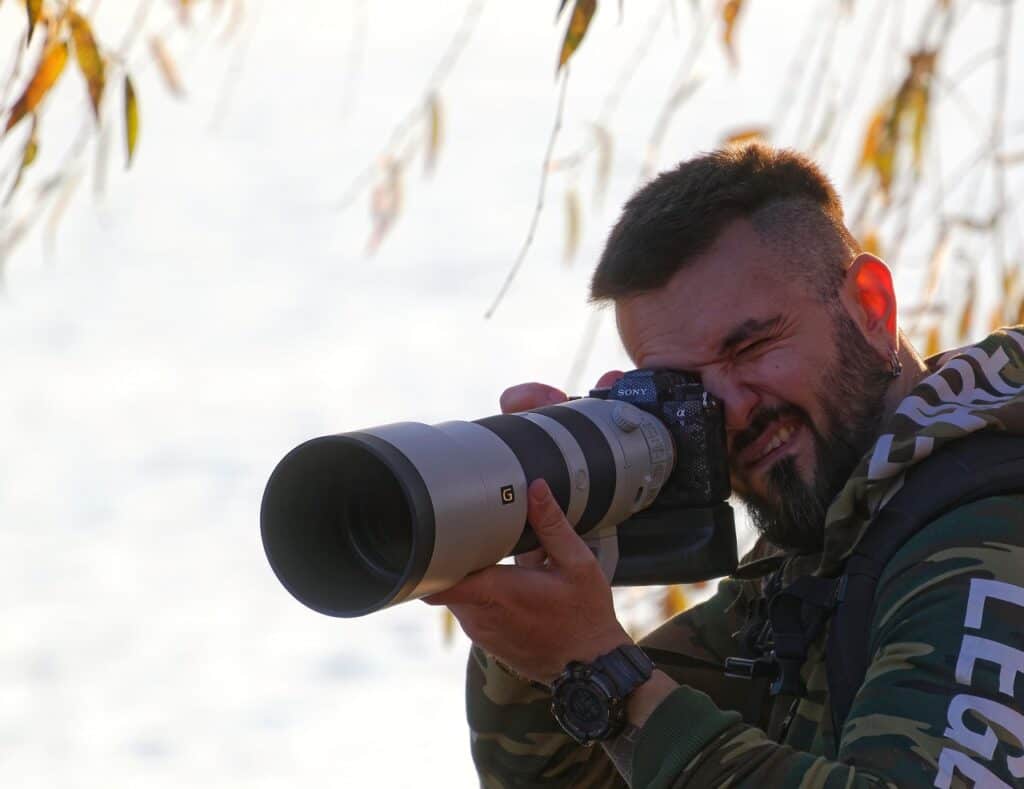
A lens does not grant permission. Closing distance teaches bears that people ignore boundaries, which invites testing and bluff charges later. Telephoto glass exists for a reason. Good fieldcraft keeps at least a football field of space, more with cubs or a carcass nearby. If the view seems irresistible, the solution is to back up, change angle, or let the sighting go. The safest image is always the one taken from far enough that behavior stays natural.
Never Feed Or Toss Food “Just Once”
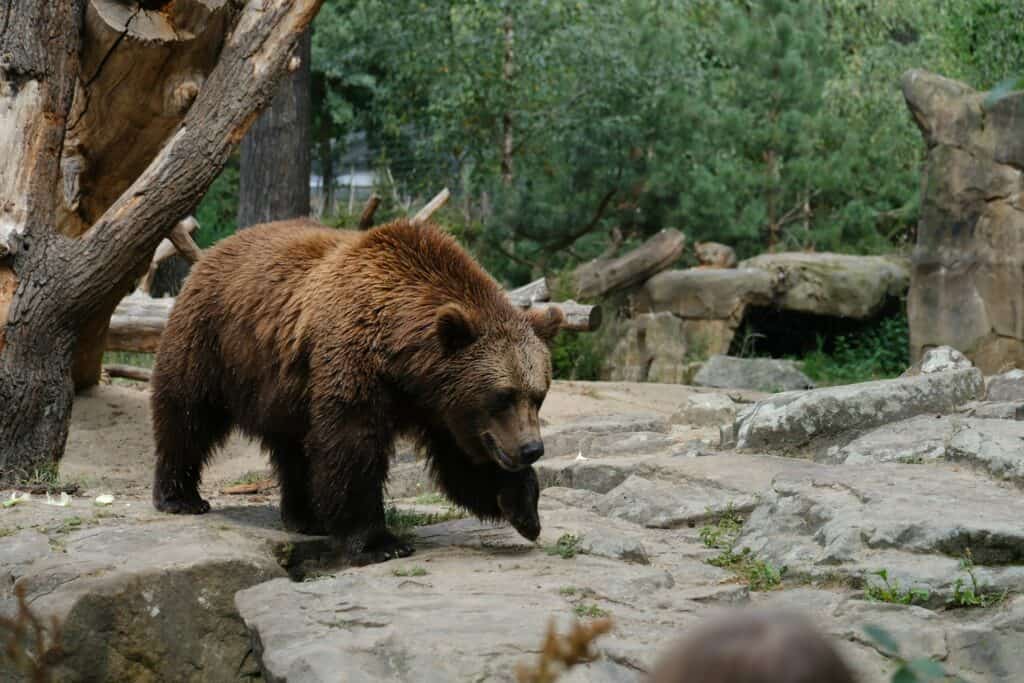
Food rewards rewrite wild behavior faster than almost anything. A tossed snack trains an animal to seek people and campsites, which ends badly for communities and for bears. Feeding also shifts attention away from natural forage when animals most need calories for cubs or hibernation. Smart travelers stash snacks until well away, store meals in approved containers, and keep cooking zones clean. A bear that never learns human food is a bear with better odds next season.
Never Leave Trash, Coolers, Or Toiletries Unsecured
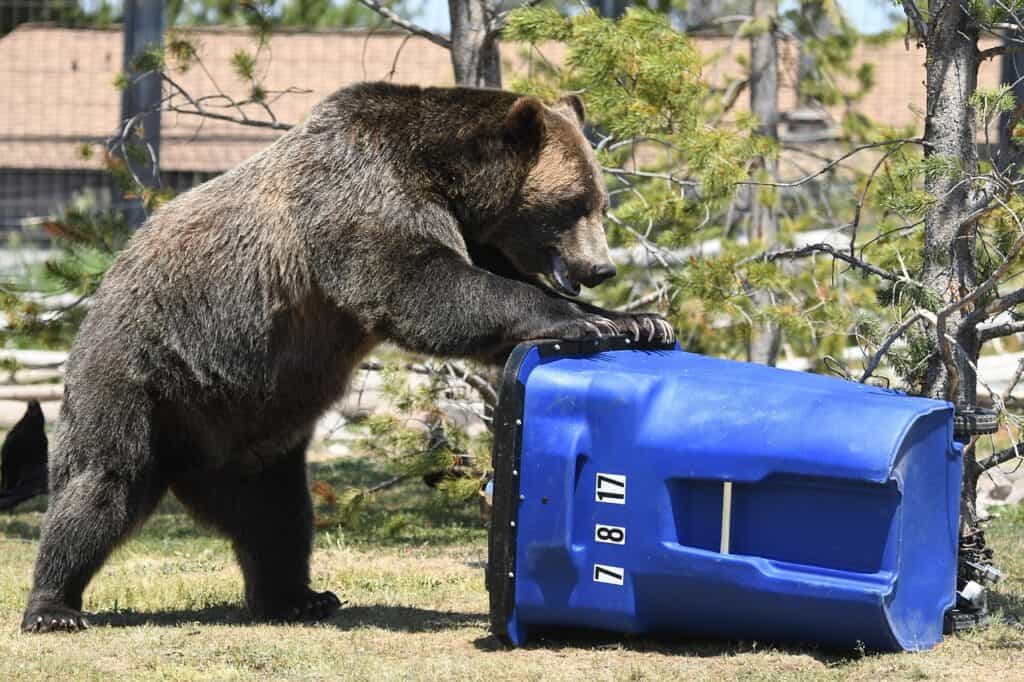
Scent rules the forest. Toothpaste, sunscreen, jerky, and even dishwater carry a message that reads as food or curiosity. Unsecured items turn a quiet night into a campsite visit and a bear into a problem animal. Hard sided canisters, lockers, and odor resistant bags exist to break that chain. The clean camp habit continues after a sighting too. Packing out wrappers and wiping surfaces lowers the chance that another group inherits a more confident bear tomorrow.
Never Scream, Throw Rocks Wildly, Or Make It A Contest
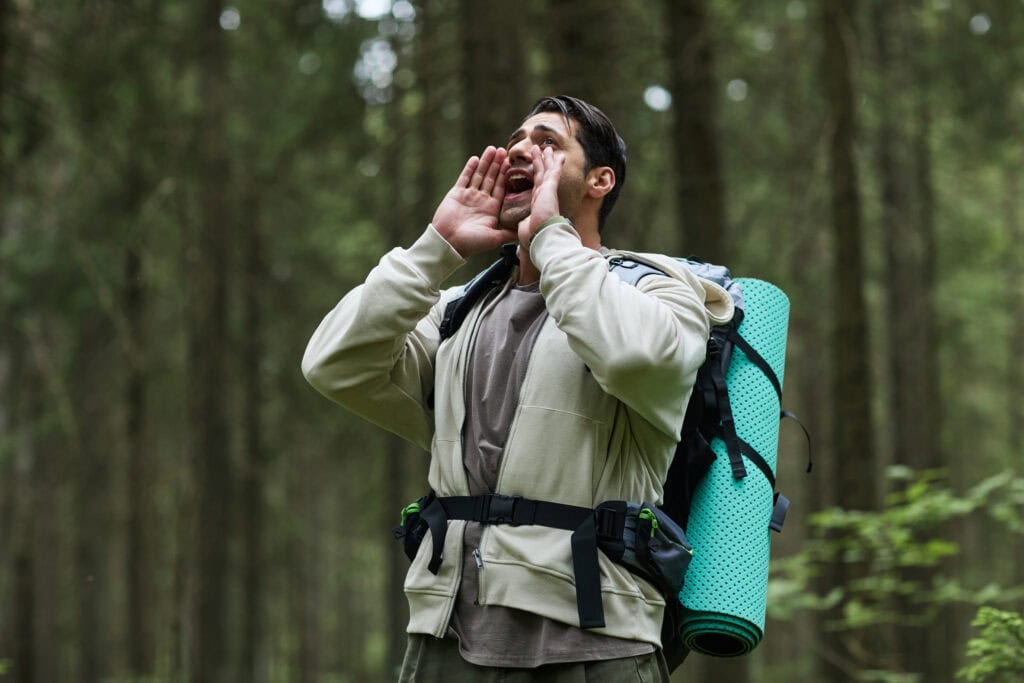
Volume without direction reads as chaos. Bears assess risk by pattern and posture. Screaming or hurling objects breaks the calm needed to deescalate and can escalate a bluff into a charge. A steady, firm voice works better, paired with slow movement and hands visible. If a bear advances with clear intent, deterrents speak for themselves. Until then, restraint carries more weight than noise. The goal is to look large, predictable, and uninterested in drama.
Never Assume “Playing Dead” Always Works
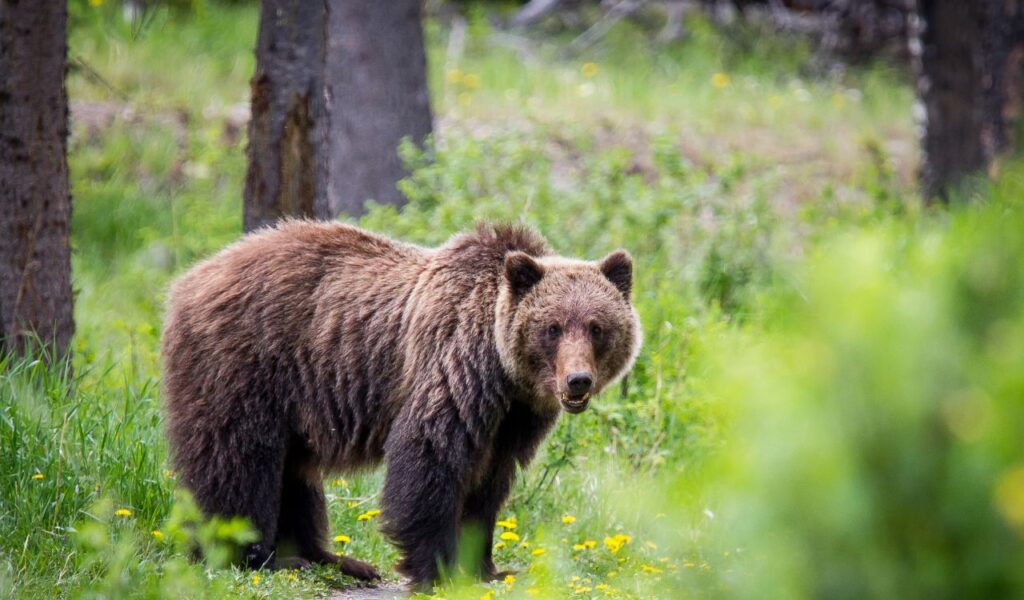
Playing dead has a narrow lane. It is a last resort for a defensive grizzly that makes contact after warnings. It is not a tactic for curious or food conditioned bears, and it is not advised for most black bear encounters, where active resistance can end an attack. Species, context, and behavior matter. Training before a trip helps people read those signals. The rule of thumb is simple. Use the right response for the right scenario, not a myth.
Never Climb A Tree To Escape
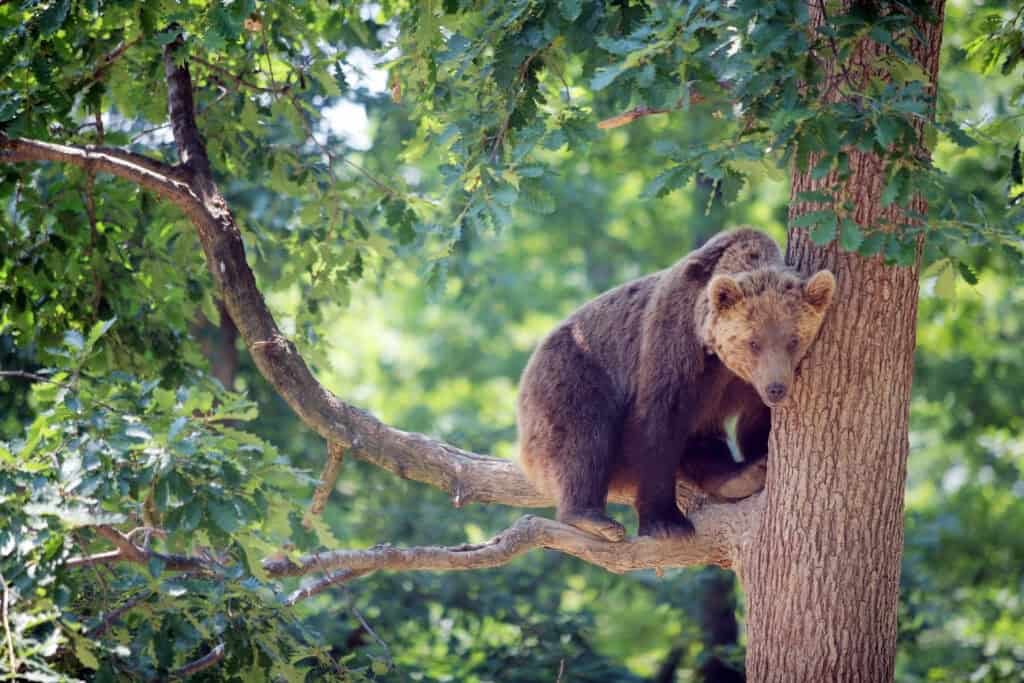
Many bears climb better and faster than any visitor. A scramble up bark exposes limbs, drops gear, and removes ground options like group positioning and spray deployment. Climbing also traps a person at height if the bear decides to investigate. Safer choices remain on the trail: steady retreat, clear communication, and deterrents in hand. If a tree blocks the way, detour around with patience rather than turning a manageable moment into a precarious one.
Never Stare Down Or Turn A Back Completely
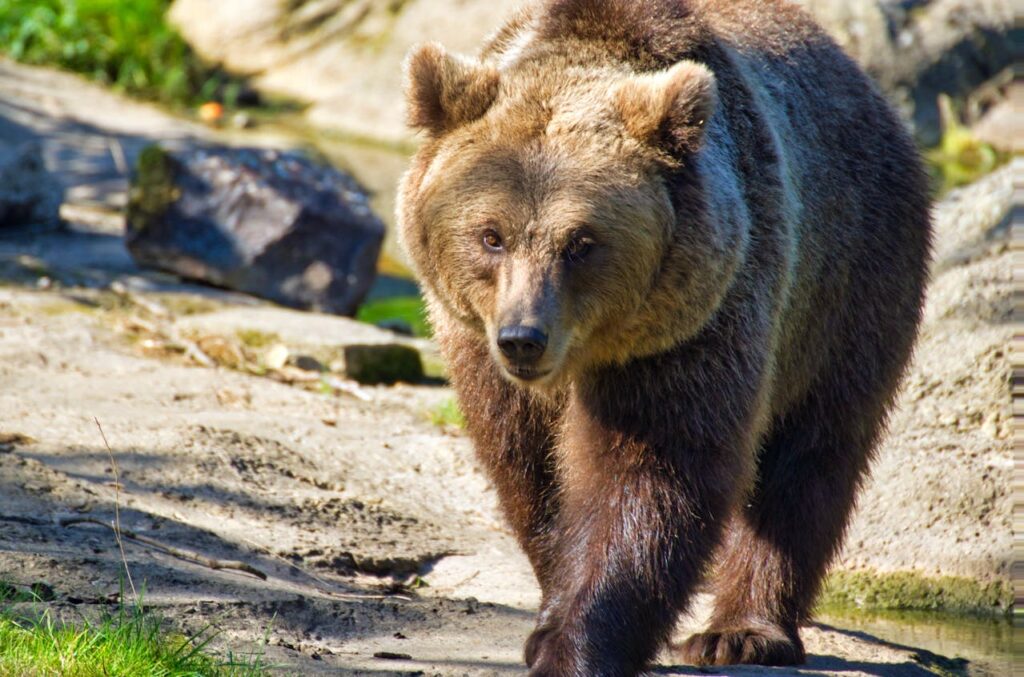
Predators read eyes. A hard stare can feel like a challenge, while a turned back signals prey. The middle path works best. Face the animal without locking gaze, keep shoulders square, and step back slowly while speaking. This posture communicates awareness without threat and keeps hands free for spray. If the bear drops its head or huffs, increase space and keep the exit plan simple. Neutral body language lowers the temperature of the entire meeting.
Never Let Dogs Roam Off Leash Around Bears
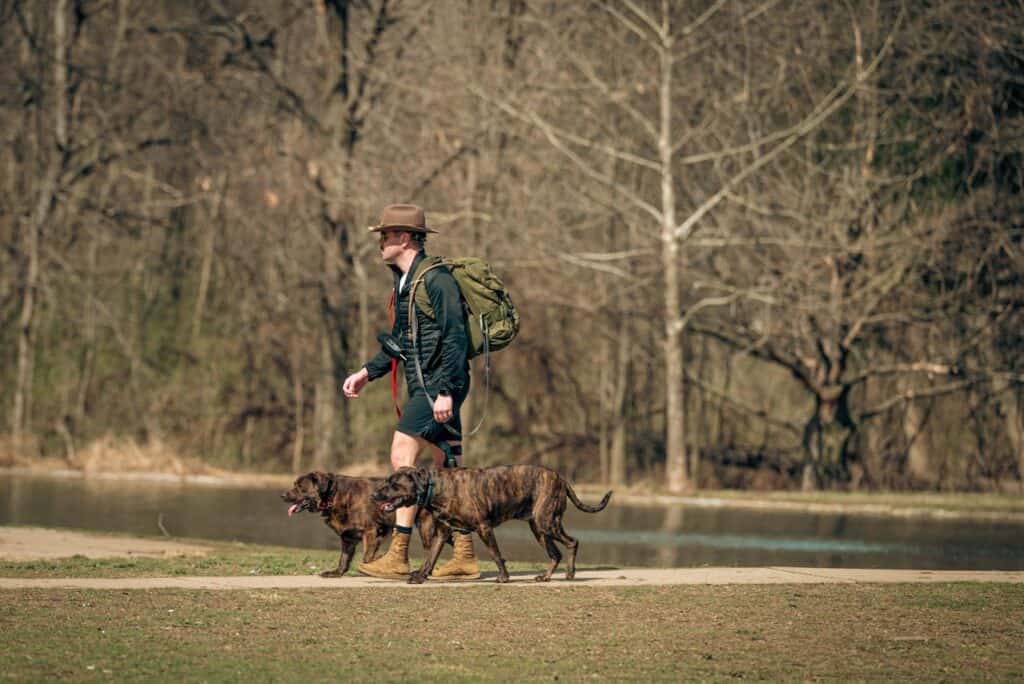
Dogs can trigger chases or return with an angry bear behind them. Even well trained animals misread wild cues, especially with cubs or carcasses nearby. In bear country, leashes protect wildlife and pets in the same motion. If a bear appears, handlers bring dogs close, shorten leads, and create room to retreat. Parks post rules for good reasons formed by long experience. Following them keeps mornings quiet and keeps small emergencies from becoming large ones.
Never Bury Bear Spray In A Pack Or Carry It Expired
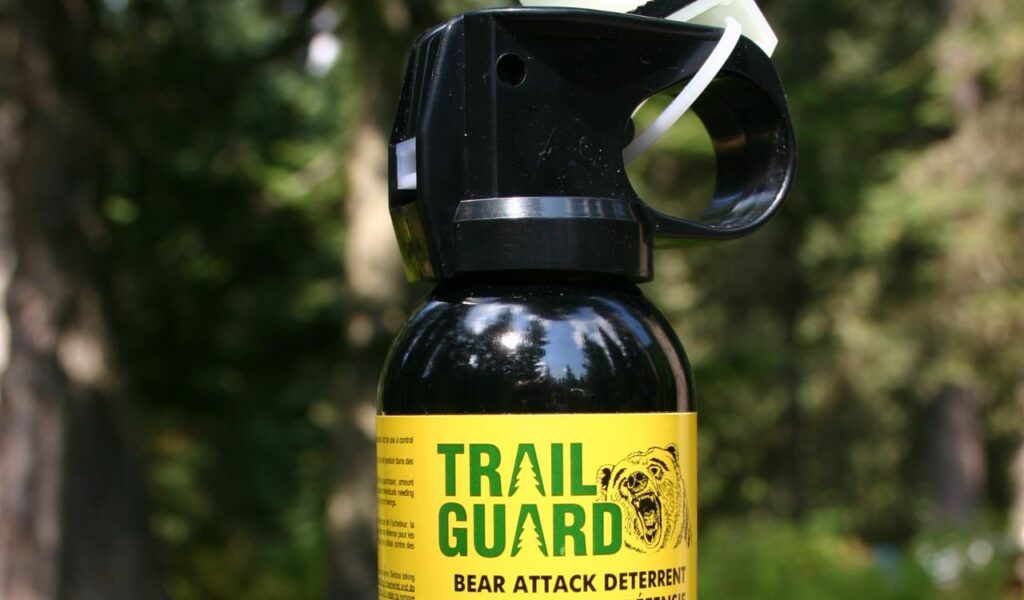
Deterrents only help when reachable and functional. Bear spray belongs on a belt or chest strap with the safety understood and the expiration date checked. Practice with an inert can to learn range and wind drift. In a real encounter, aim low, create a cloud, and keep moving to better wind. Fresh spray pairs with good distance and a retreat plan. Relying on a buried, expired can is theater, not safety, and animals notice the difference.
Never Crowd A Sighting Or Build A Human Wall
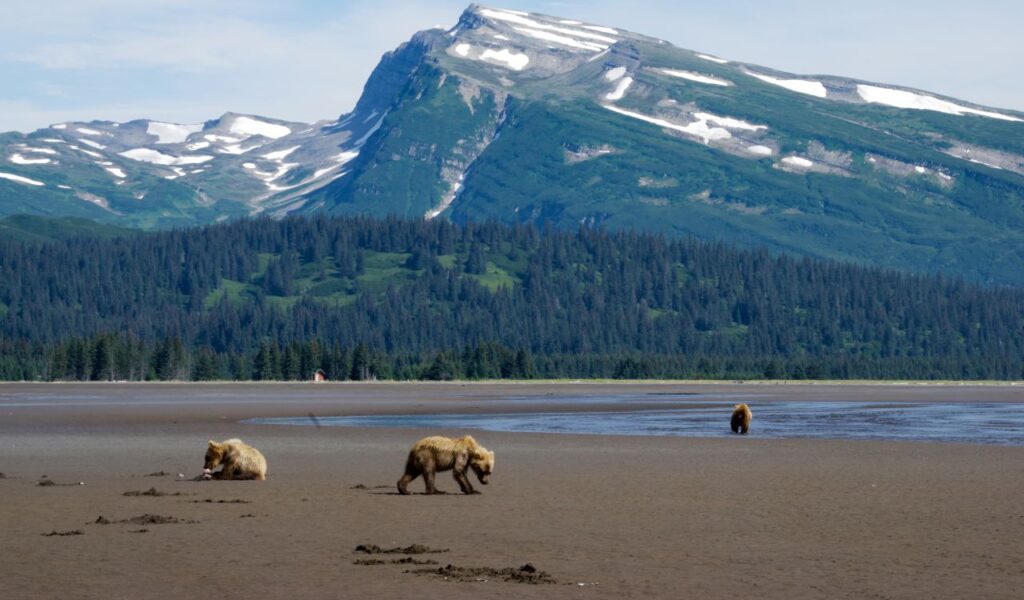
Gathering strangers into a semicircle narrows a bear’s options and raises stress for everyone. Good etiquette is to keep groups tight, leave an escape corridor, and yield space to people behind who need to pass. Vehicles stop in safe pullouts, not in the lane. Short, quiet views beat long, anxious standoffs. The best outcome is an animal that walks away unhurried, while people trade a few calm seconds for the story they came to tell later.